Seated figure, folded leg
Bronze
15 x 22 cm
Foundry stamp: Guyot
Bronze numbered 1/8 and signed
Auguste Chabaud is born in Nimes, in the South of France in 1882. At the age of 15, he attends the Ecole des Beaux Arts in Avignon. His master is none other than Pierre Grivolas who also trained René Seyssaud. In the early 20th century, the young man goes to Paris but prefers the latin quarter coffees over his academic sessions. The parisian life allows Auguste Chabaud to sharpen his comprehension of the world and to develop a kind of visual intelligence. He is fascinated by the parisian atmosphere during the night with all those artificial lights which appear in his works through violent tons of color and vibrant contrasts. However, the South of France remains omnipresent in his work through the use of colours, reminiscent of the warm tons of the Provence. In Chabaud's paintings, blue becomes black and white, used with parsimony, turns into grey. Back in the Mas de Martin in Graveson near Avignon, far away from the parisian tumult, the artist asserts its vocation for the observation of the rural life. Shepherds, farmers, barnyards animals gradually replace cabarets singers, parisian prostitutes and the streets of Montparnasse. The voluptuousness is set aside in favor of the rusticity. It is the disappearance of a cynical, unreasonable, unhealthy and ruthless world and the emergence of a rural world where life passes by, from one season to the other. Authentic, impressive, modern, rooted into earth, that is how the works of Auguste Chabaud can be designated. In January 2014, the gallery has organized a retrospective dedicated to the artist: Auguste Chabaud, the life instinct.






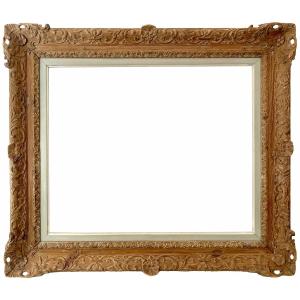

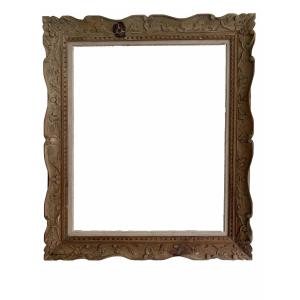

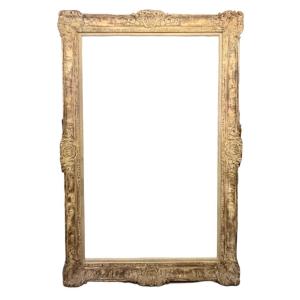


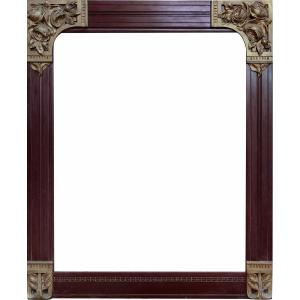


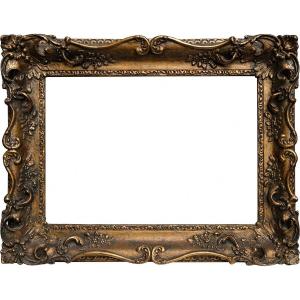
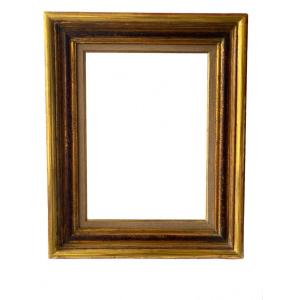
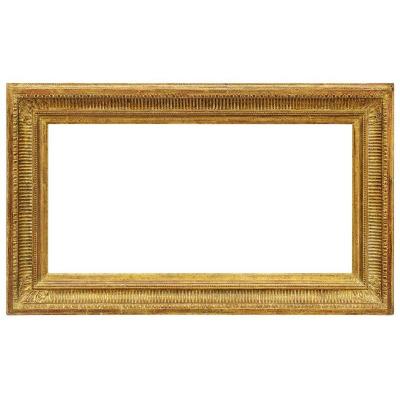
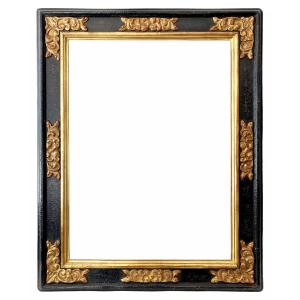
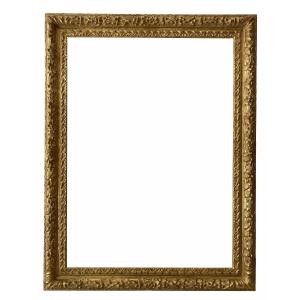

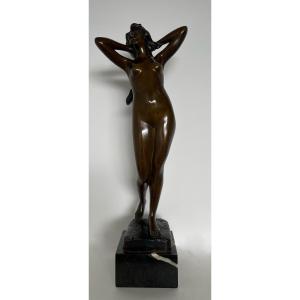
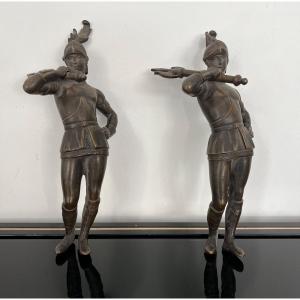





 Le Magazine de PROANTIC
Le Magazine de PROANTIC TRÉSORS Magazine
TRÉSORS Magazine Rivista Artiquariato
Rivista Artiquariato